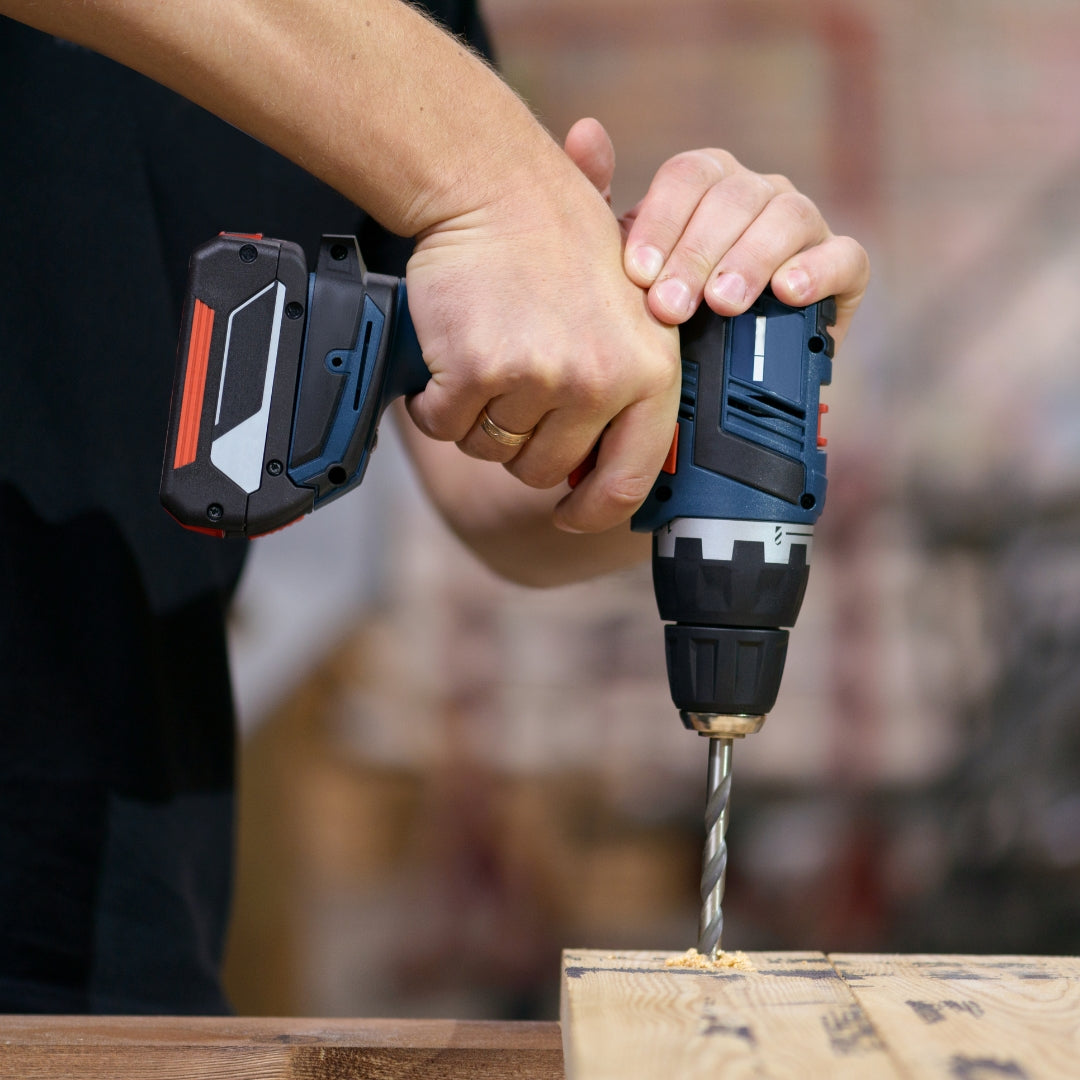When it comes to tackling DIY projects, having the right tools is essential. One tool that often gets overlooked but is of utmost importance is the drill bit. Whether you're hanging shelves, building furniture, or working on a home improvement project, using the correct drill bit can make all the difference in achieving professional-looking results. In this blog post, we will guide you through the process of choosing the correct drill bit for various materials and purposes.
Consider the Material
Before selecting a drill bit, it's crucial to consider the material you will be drilling into. Different materials require different types of drill bits to ensure effective and precise drilling. Here are some common materials and the corresponding drill bits:
-
Wood: For drilling into wood, standard twist drill bits are commonly used. These bits have a sharp, pointed tip and fluted body, allowing for fast and clean drilling through wood.
-
Metal: When drilling into metal, high-speed steel (HSS) drill bits are the go-to choice. HSS bits are designed to withstand the heat generated by drilling into metal. They have a specially hardened tip that can cut through metal with ease.
-
Concrete and Masonry: For drilling into concrete or masonry surfaces, carbide-tipped drill bits are the best option. These bits have a strong, durable carbide tip that can handle the hardness of concrete and provide efficient drilling.
-
Tile and Glass: When working with delicate materials like tile or glass, diamond-tipped drill bits are ideal. These bits feature a diamond coating that enables them to cut through these materials without causing damage or cracking.
Know the Size
Once you've determined the appropriate type of drill bit for your material, it's important to consider the size of the hole you need to drill. Drill bits come in various sizes, typically measured in diameter. Common sizes range from 1/16 inch to 1 inch or more. Ensure that you have the right size bit for your specific project to achieve accurate and precise results.
Specialty Drill Bits
In addition to standard drill bits, there are also specialty bits available for specific purposes. Here are a few examples:
-
Spade Bits: Spade bits have a flat, paddle-like tip and are often used for drilling larger holes in wood. They are ideal for tasks such as creating holes for wiring or plumbing pipes.
-
Forstner Bits: Forstner bits are designed to create clean, flat-bottomed holes in wood. They are commonly used for woodworking projects that require precise and smooth drilling.
-
Step Bits: Step bits are perfect for enlarging existing holes or creating multiple-size holes. They feature a cone-shaped design with various stepped diameters, allowing for versatility in drilling.
Take Safety Precautions
When using drill bits, it's crucial to prioritise safety. Always wear safety goggles to protect your eyes from potential debris and ensure that you are using the appropriate safety equipment for the specific project at hand. Additionally, read the manufacturer's instructions for the drill and drill bits to ensure proper usage and precautions.
Final Thoughts
Choosing the correct drill bit for the job is an important step in achieving professional-looking results in your DIY projects. Considering the material, knowing the size, and utilising specialty bits when needed will help you achieve efficient and precise drilling. Remember to prioritise safety at all times and consult manufacturer guidelines for optimal performance. With the right drill bit in your toolkit, you can tackle any project with confidence and achieve outstanding results.

